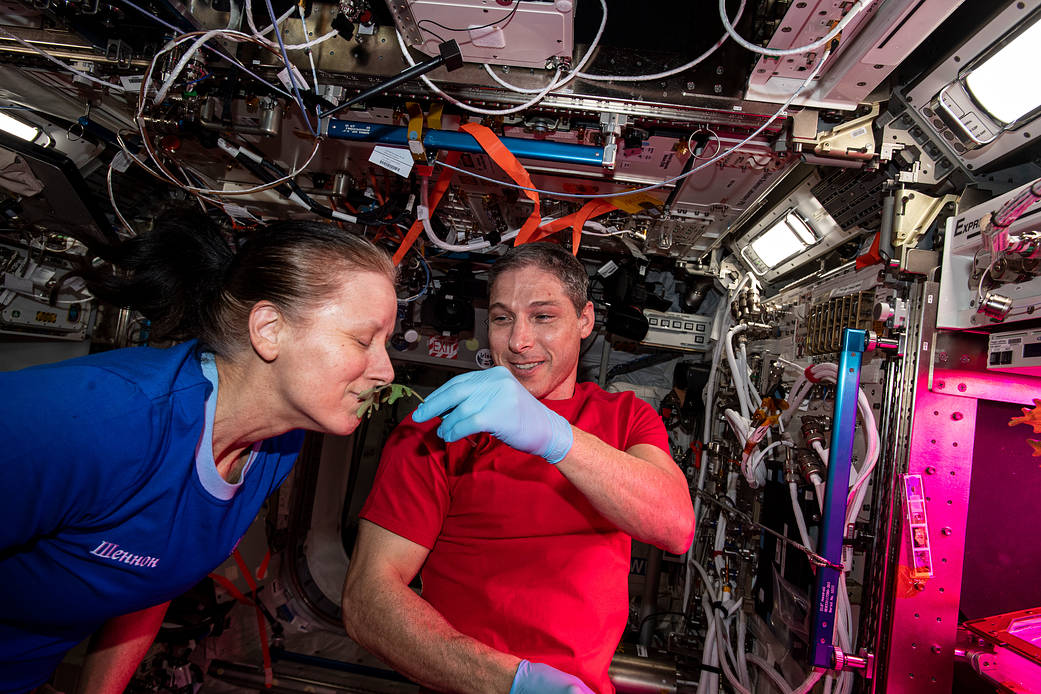Updated Jan. 9 at 1:05 a.m. Eastern.
NEW ORLEANS — Astrobotic’s Peregrine spacecraft will not be able to attempt a landing on the moon because of a fuel leak shortly after its Jan. 8 launch.
In an update late Jan. 8, about 12 hours after first reporting an anomaly with the spacecraft, the Pittsburgh-based company said the spacecraft would likely lose attitude control in 40 hours, depriving the spacecraft of power from its solar panels.
“An ongoing propellant leak is causing the spacecraft’s Attitude Control System (ACS) thrusters to operate well beyond their expected service life cycles to keep the lander from an uncontrollable tumble,” the company stated. “If the thrusters can continue to operate, we believe the spacecraft could continue in a stable sun pointing state for approximately 40 more hours, based on current fuel consumption.”
That would rule out a landing on the moon, which had been planned for Feb. 23 under the mission’s original timeline. “At this time, the goal is to get Peregrine as close to lunar distance as we can before it loses the ability to maintain its sun-pointing position and subsequently loses power.”
“Given the propellant leak, there is, unfortunately, no chance of a soft landing on the Moon. However, we do still have enough propellant to continue to operate the vehicle as a spacecraft,” the company said in an update shortly after 12 p.m. Eastern. Jan. 9. The company said it was finding ways to extend the spacecraft’s life as it tests lander systems and its payloads.
Astrobotic first reported an anomaly with the spacecraft about seven hours after United Launch Alliance’s Vulcan Centaur rocket successfully placed it into a lunar transfer orbit. That anomaly kept the spacecraft from going into a “stable sun-pointing orientation” needed for its solar arrays to charge its batteries. Controllers directed the spacecraft to perform an “improvised maneuver” that successfully established the proper orientation.
In a series of updates over the course of the day, the company said the anomaly was with the spacecraft’s propulsion system, later identifying it as a leak. “Unfortunately, it appears the failure within the propulsion system is causing a critical loss of propellant,” Astrobotic stated. “The team is working to try and stabilize this loss, but given the situation, we have prioritized maximizing the science and data we can capture.”
The company released an image of part of the spacecraft taken by a camera on board. That image showed what the company described as a “disturbance” in the lander’s multi-layer insultation (MLI). “The disturbance of the MLI is the first visual clue that aligns with our telemetry data pointing to a propulsion system anomaly,” the company stated.
Astrobotic has not provided additional details about the leak in the propulsion system, such as where the leak is located. Development of the propulsion system had been a challenge for Astrobotic. At a November briefing, Chris Culbert, program manager for NASA’s Commercial Lunar Payload Services (CLPS) program, which awarded Astrobotic $108 million to fly payloads on this mission, said it took off some of the original payloads because of issues with the performance of the descent engines used for landing.
“For the most part, there were not available commercial engines with the right mix of performance and cost that would be matched to the size of the lander being developed,” he said. “That meant that a lot of the CLPS vendors, not just Astrobotic, are planning to use engine designs that are new. Not surprisingly, new technology has some risk associated with it, and it doesn’t always work as advertised in the first iteration.”
“Rather than delay this mission further to wait on additional engine development, we worked with Astrobotic to agree on getting the most important payloads delivered as early as possible,” he continued. “We did jointly agree to demanifest a handful of payloads from the first mission to enable that first mission to be more likely to succeed.”
The impending failure of Peregrine will be the first test of the “shots on goal” philosophy NASA adopted at the beginning of the CLPS program in 2018, acknowledging that some missions would fail but that those failures would be outweighed by the lower cost and greater innovation that commercial providers offered.
In an interview before the launch, Joel Kearns, deputy associate administrator for exploration in NASA’s Science Mission Directorate, said the agency was still committed to that approach. “We knew going into this that it’s a really difficult thing to do when we decided to go down this path, and it might turn out that they’re not all going to be successful, particularly some of the very earliest ones,” he said. “The companies, we believe, are in it for the long haul.”
“This delivery service model is a first for the agency and with something new, there is a higher risk,” he said in a Jan. 8 statement after Astrobotic reported the propulsion anomaly. “NASA is committed to supporting our commercial vendors as they navigate the very difficult task of sending science and technology to the surface of the moon.”
John Thornton, chief executive of Astrobotic, acknowledged the risks of the mission as well before liftoff. “At the end of the day, we need to get as much data as we can at every point through the mission so that we can learn and get better as an industry and as a company individually,” he said in a prelaunch interview. “I’m hoping that we get as much data as we can through the course of that to make the next mission better.”
“I think inevitably the first missions are going to have some rockiness, probably,” he said, but believed NASA was committed to continuing CLPS even if there are failures. “The train is rolling. It’s hard to stop, and that’s a good thing.”
Note: This article have been indexed to our site. We do not claim legitimacy, ownership or copyright of any of the content above. To see the article at original source Click Here











